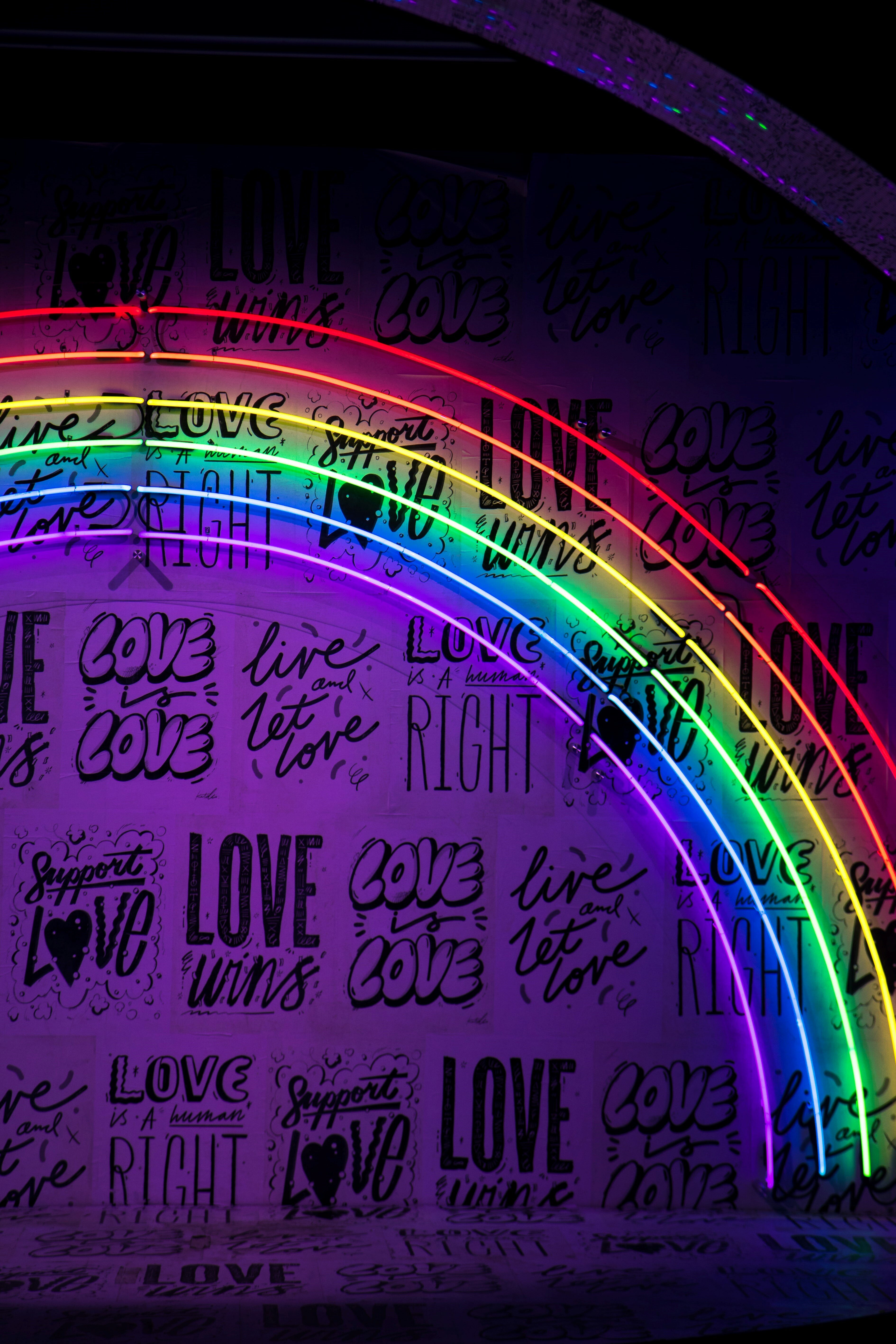How to Keep the Pride Going Post-Pride Parades

The Post-Pride blues … it's not a diagnosable condition, but for many LGBT+ people and their allies, it is very real. Much like the day after Christmas or the end of Hanukkah for kids, this is the time in which the anticipation, celebration and merriment has come to an end and the transition back to regularly scheduled life feels terrible. However, unlike religious holidays, the month of June and its rainbows everywhere are symbols of acceptance for LGBT+ people. It means that this is not just about feeling bummed out, it means this is about not feeling valued by society until next June. That can feel like a very long eleven months away.
Rich Ferraro, Chief Communications Officer at GLAAD, says it's important to go deeper. "There's power in brands participating in Pride Month, and it's important for their employees and their consumers to see support for the community during Pride Month," he explains. "But it can't just be during Pride Month. If a brand doesn't have a 365-day-a-year plan for LGBTQ inclusion, they really need to prioritize that over prioritizing a one-off Pride campaign."
Here are some ways to keep Pride going all year long and prioritize inclusion:
- Pronouns: Many media companies make split-second decisions; from reporting on breaking news to fact-checking before publishing a story. Make sure that your list of what you double-check includes verifying people's pronouns. You can do this easily when asking an interview subject to say or spell their name as you can also ask their pronouns then. You can also use social media to confirm (many choose to include pronouns on their LinkedIn or Twitter profiles). If someone's pronouns are not known, ensure that the copy uses gender neutral pronouns of "they/them/theirs." Not only is this good practice in research (and mandated in the APA 7 manual), it ensures you are not misgendering people and risking being seen by the masses as transphobic.
- Images and Interview Subjects: Often, the choices are based on speed; whatever is fastest, whomever is on the scene, go with that! But this can prioritize white able-bodied people who present in gender and sexuality norms, thus not representing your entire audience. Be intentional in your choices! Seek out images of groups that include people in wheelchairs and those of different races. GLAAD recently partnered with Getty Images to create guidance for advertisers on how to use images to better represent the LGBTQ community. This means these images do exist and are readily available, you just have to choose to use them! When choosing whom to interview, be mindful about whether you are including a woman with short hair or in a power suit or a man who teaches in an elementary school or a person whose gender identity does not seem obvious. It keeps everyone's voice heard!
- Choose to devote a number of stories or topics to the LGBT+ community. Whether you are news media, the media department of a corporation, or just someone at a tiny company including world news in your company newsletter, use your opportunity to be inclusive!
- Be mindful how you talk about Pride throughout the year. Danisha Lomax, Senior Vice President of Paid Social at Digitas, says "brands are also better served if they remember the origins of Pride being protest. It started because queer and trans people were not able to have their rights and be taken seriously, and police brutality. I don't think a lot of brands have actually included that in their marketing efforts on a broad scale."
- Be open about your inclusion policies on your website and in your social media, and make sure the information is easy to find all year. Katherine Sender, a Cornell University professor who wrote Business Not Politics: The Making of the Gay Market, says, "Brands at the very least need to have corporate policies to ensure management supports a safe and supportive environment for employees. Using corporate clout to make broader changes is where companies can be truly helpful."
It can be easy to think that this doesn't matter and it isn't worth the investment of time, thought or resources. However, in a survey by NPD Group, 21% of respondents said LGBTQ+ equality and inclusion influenced their decision to purchase when buying apparel, footwear or accessories. "There's been a huge shift from a time when brands were hesitant to include LGBTQ people, because they worried that they would experience backlash from anti-LGBTQ voices," Ferraro notes. "Today, brands and advertisers are concerned about responses from the LGBTQ community over the authenticity of their campaigns."
Click the social buttons to share this story with colleagues and friends.
The opinions expressed here are the author's views and do not necessarily represent the views of MediaVillage.com/MyersBizNet.


